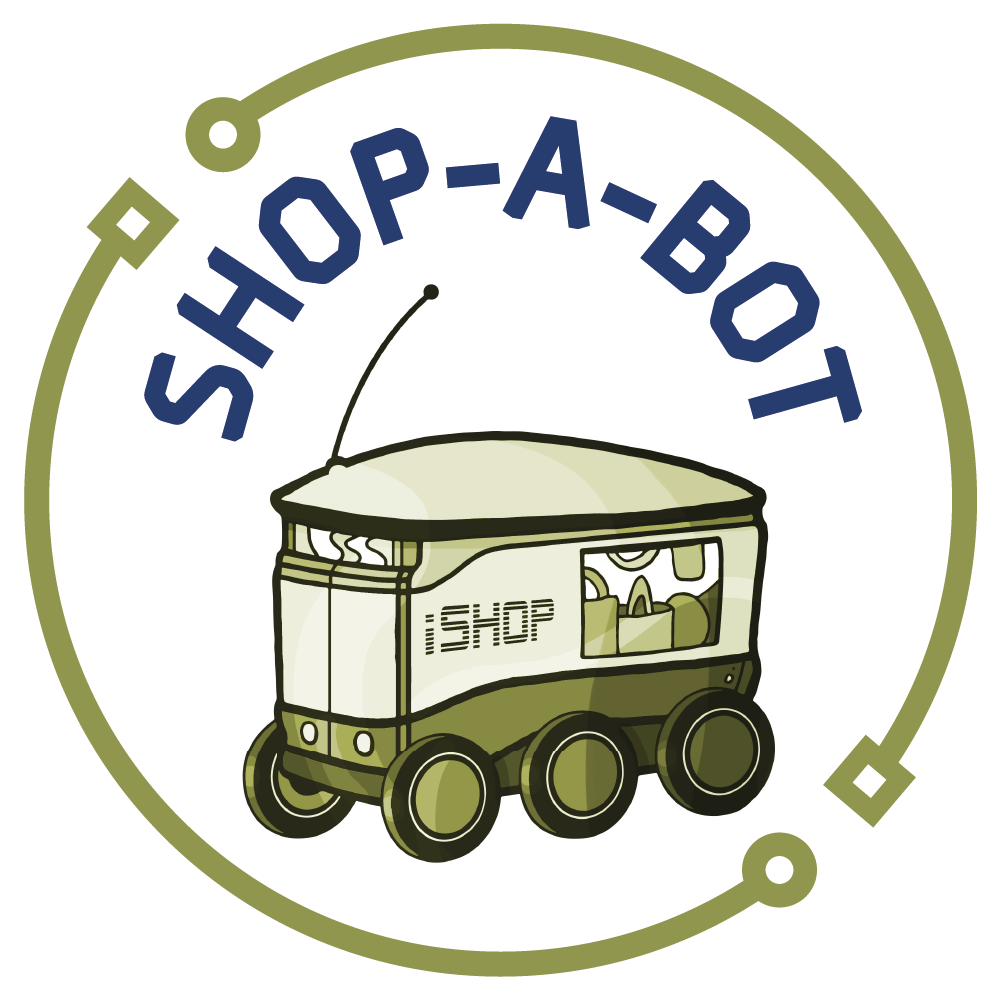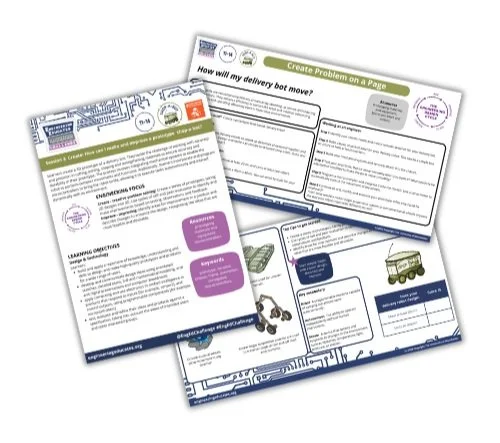Shop-a-bot 11-14
Learners identify ways in which robots are providing meaningful ways to solve real-world problems related to everyday shopping needs. Learners ask questions to critique, evaluate and test current solutions. They explore and explain the systems and subsystems used within everyday activities. Teachers have the option of two follow-on tasks: imagining the design for a shop-a-bot that meets specific user needs and/or creating a prototype 3D moving bot using microcontrollers.
I can’t get a delivery! Can you help?
Learners identify ways in which robots are providing meaningful ways to solve real-world problems related to everyday shopping needs. Learners ask questions to critique, evaluate and test current solutions. They explore and explain the systems and subsystems used within everyday activities.
Thanks for the order, we’re on our way!
Learners imagine a delivery robot that meets specific user needs and visualise their design through detailed annotated sketches. They generate multiple ideas, identify component parts and mechanisms, and justify their choices while considering alternatives. Learners produce a detailed design specification and final annotated design.
Machine Makeathon
Learners use a detailed design specification to craft a 3D prototype of a delivery bot. They tackle the challenge of working with accuracy and precision in cutting, joining, shaping and strengthening materials. Integrating various mechanical systems, they incorporate and program microcontrollers to bring the bot to life, enabling it to perform dynamic movements and tasks autonomously.
The Sustainable Development Goals (SDGs) adopted by all United Nations Member States in 2015, provide a shared blueprint for peace and prosperity for people and the planet, now and into the future. These sessions support Goal 9 which aims to build resilient infrastructure, promote inclusive and sustainable industrialisation, and foster innovation.

















